The Introduction:
Every outstanding movie starts with a frame.
A universe—of emotion, tension, stillness, or hope—is created in that one instant.
This blog is the first step to creating visually stunning narratives. Shot composition is more than simply technique; it’s poetry in motion.

Composition of Cinematography Shots: The Craft of Visual Narration
In filmmaking, each frame conveys a narrative.
A cinematographer’s use of shot composition, or the arrangement of components inside a frame, is one of the most effective ways to influence emotion, direct the viewer’s gaze, and strengthen the story. Creating meaning in each photo is more important than merely making things appear lovely.
A grasp of shot composition may elevate your images from amateur to cinematic, regardless of whether you’re filming a short film, commercial, or YouTube series.
The fundamental concepts, methods, and practical applications of shot composition in cinematography will all be covered in this blog article.
What is the composition of a shot?
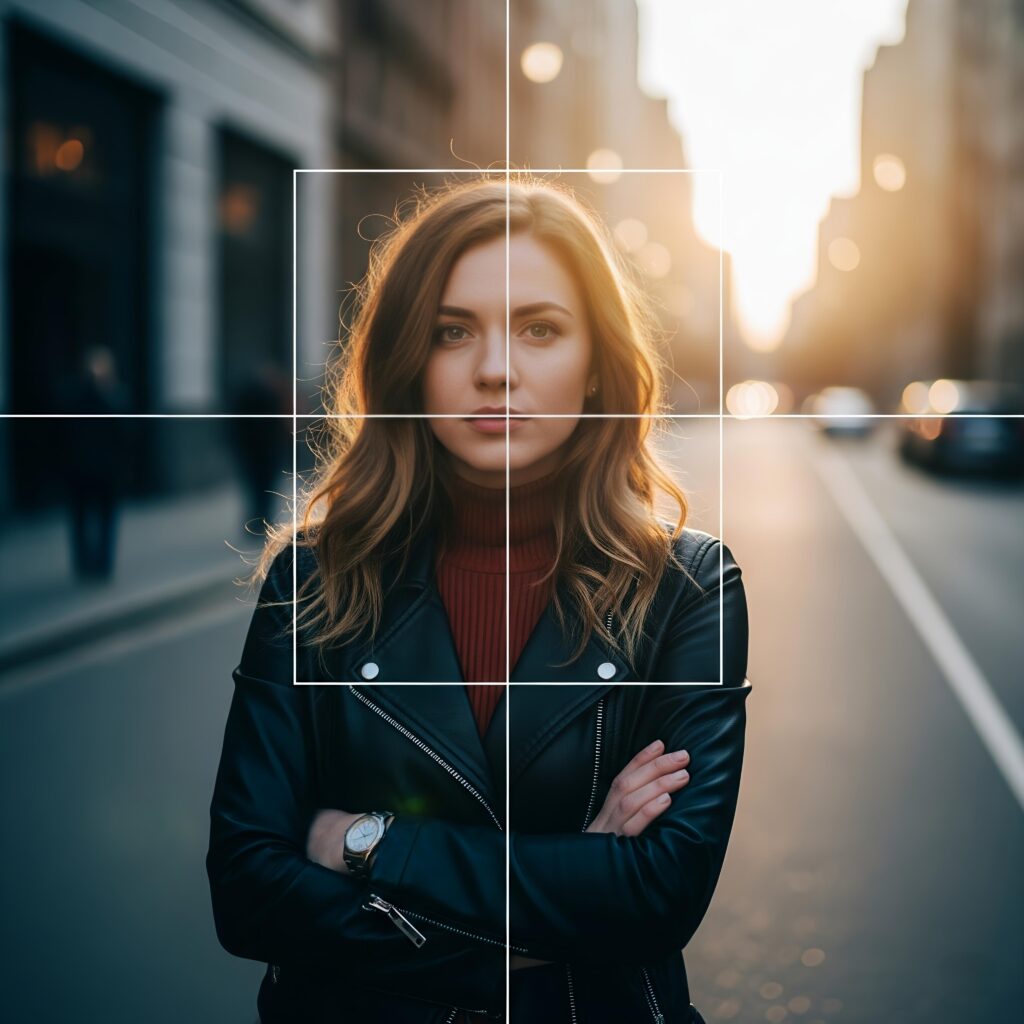
Shot composition is the way that visual components are arranged in a frame. Deliberate choices must be made about the placement of subjects, the camera’s angle, what is in focus, and the use of space.
Three things are accomplished by good composition:
- focuses attention on the important things.
- uses placement and framing to evoke emotion.
- uses a symbolic visual framework to support the narrative.
In cinematography, why is shot composition important?
A shot that is well-composed:
- tells a tale without using words.
- produces feelings of emotional resonance (such as power, turmoil, and loneliness).
- increases speed and rhythm
- Naturally directs the viewer’s attention
- makes your images more captivating and expert.
Basic Compositional Elements:
- The Rule of Thirds:
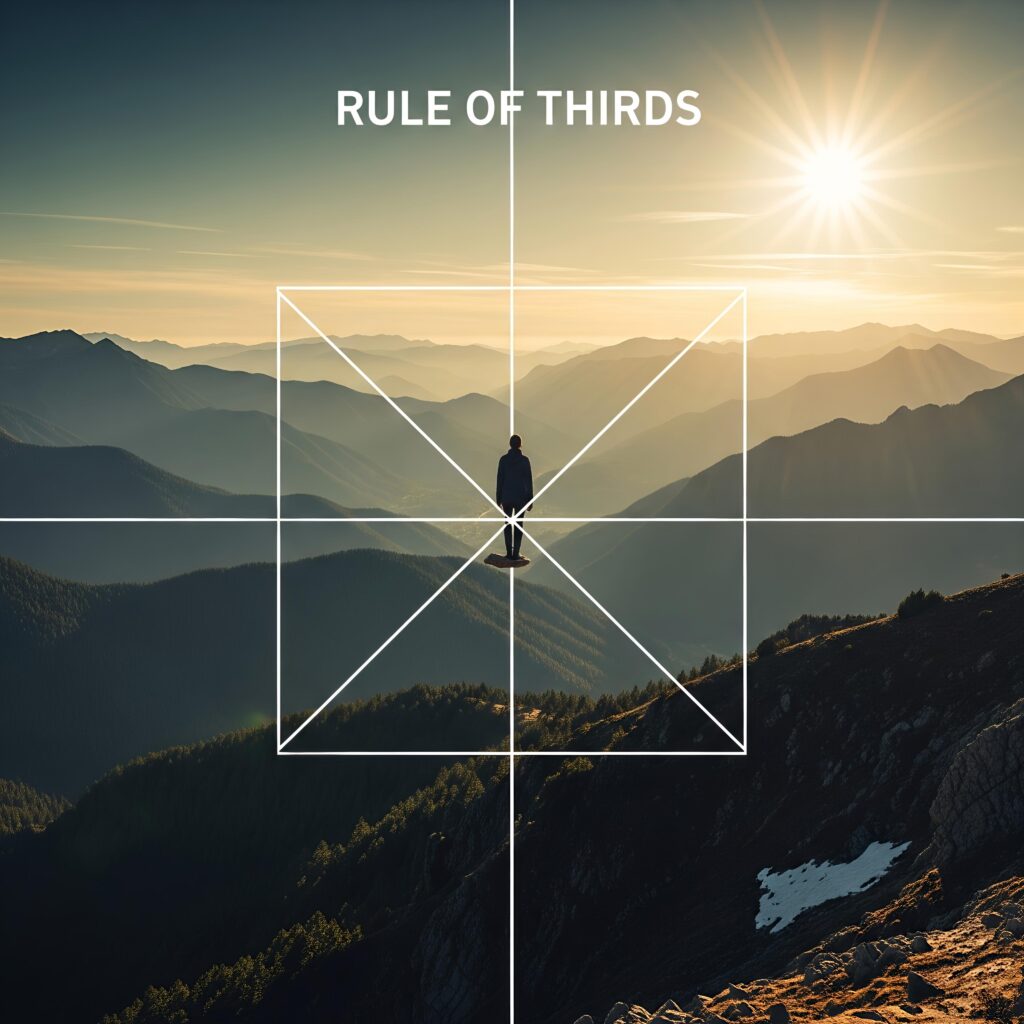
Assume that the frame has two vertical and two horizontal lines dividing it into nine equal portions. Balance and interest are produced by positioning subjects along these lines or at their intersections.
Example: Placing the face of a character at the top-left intersection attracts attention and makes space for motion or leading lines.
2. Leading Lines:
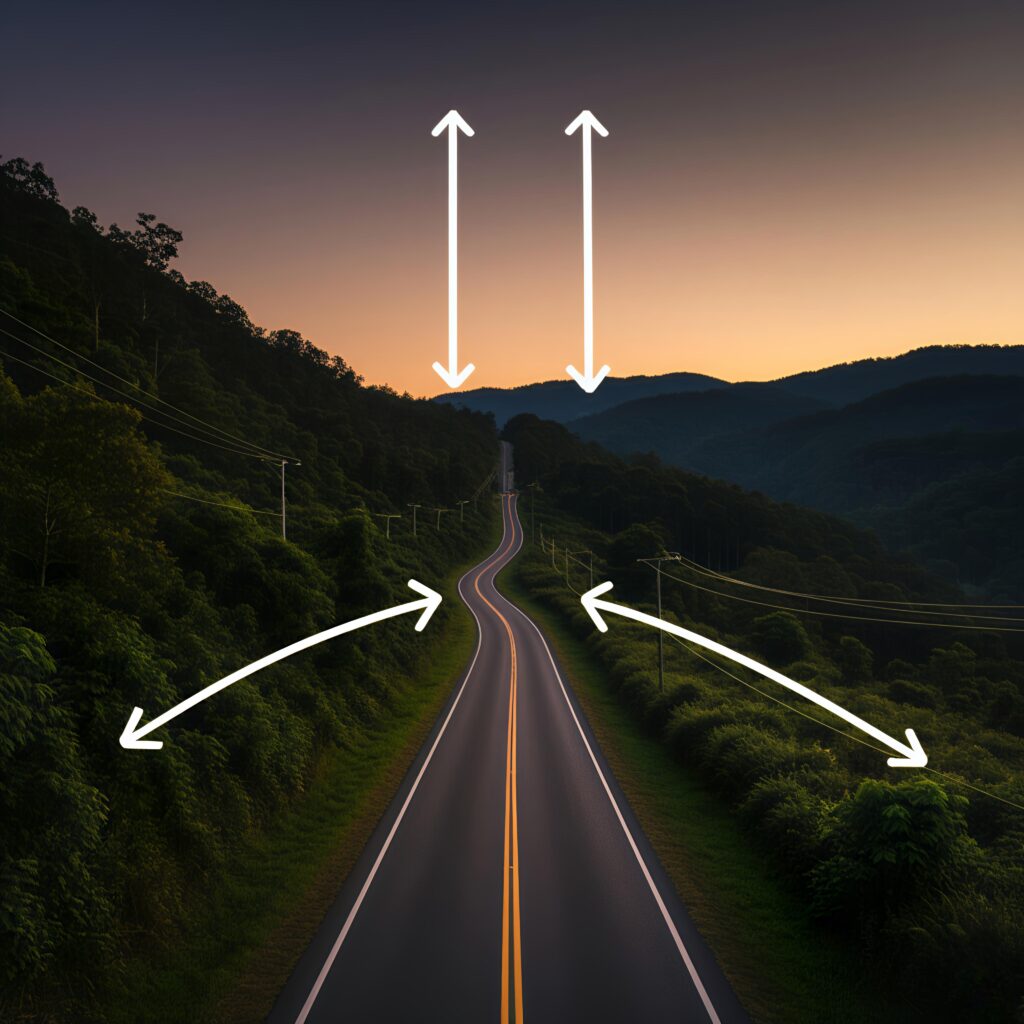
lines in the image that guide the viewer’s attention to the topic, such as fences, corridors, and highways.
Example: Focus and journey symbolism are enhanced by a road that leads to a lone traveler in the distance.
3. Depth:
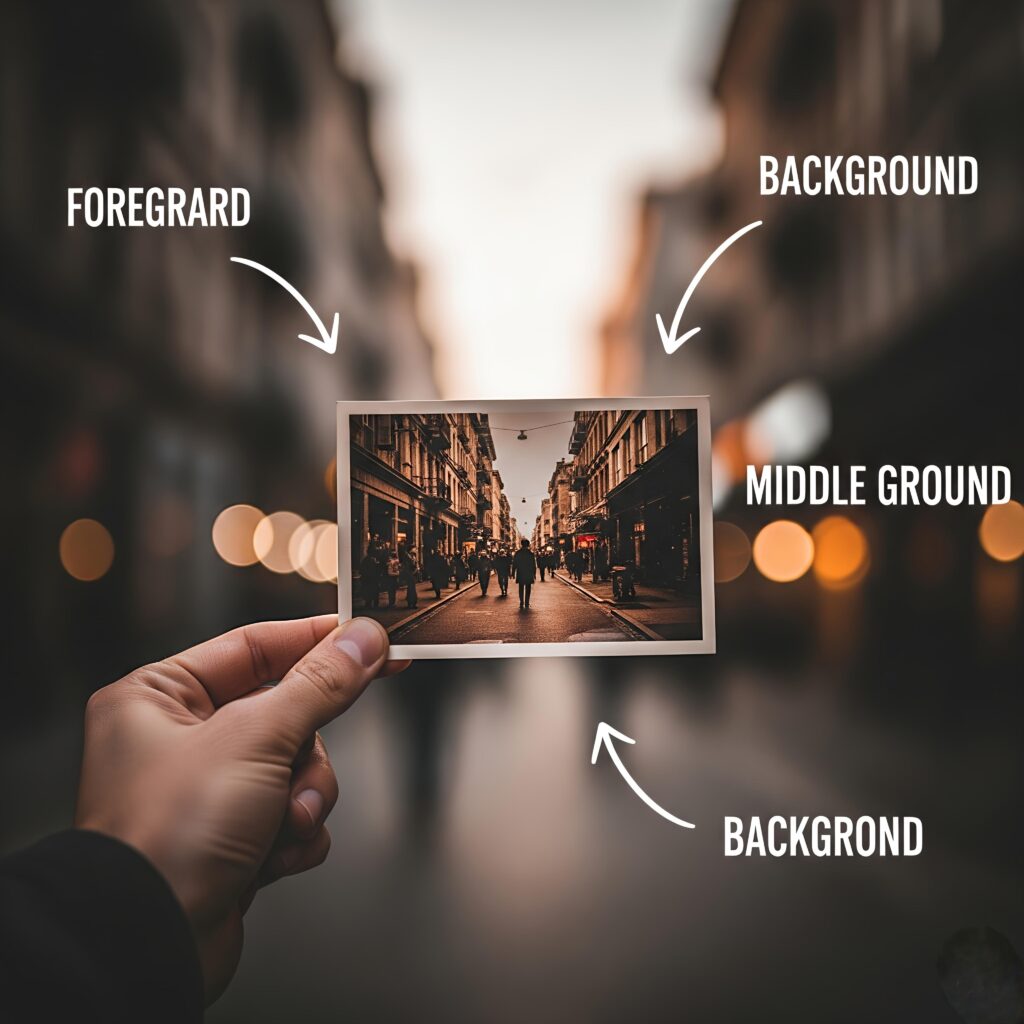
Foreground, middle ground, and backdrop are used to give the image a three-dimensional appearance.
Example: Two tales are told simultaneously by a hand in the foreground holding a photograph and a hazy topic in the background.
4. Framing Inside the Frame:

Adding depth and meaning to a scene is possible by framing it with windows, doors, mirrors, or arches.
Example: A lady framed by a doorway might allude to loneliness or captivity.
5. The Negative Space:
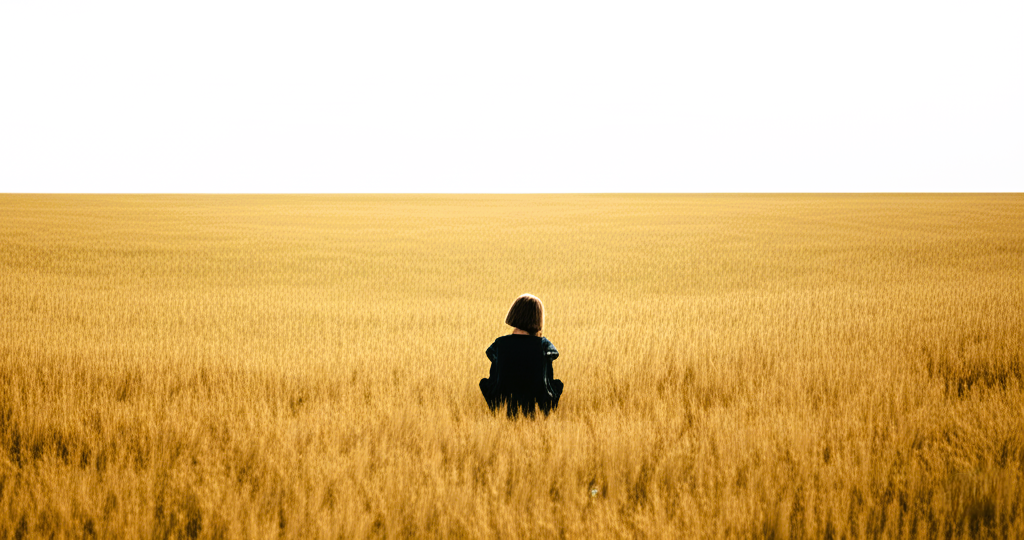
Empty space surrounding a topic can highlight tension, loneliness, or significance.
Example: A youngster sitting by themselves on a large, deserted field provokes feelings of vulnerability.
6. Balance and Symmetry:
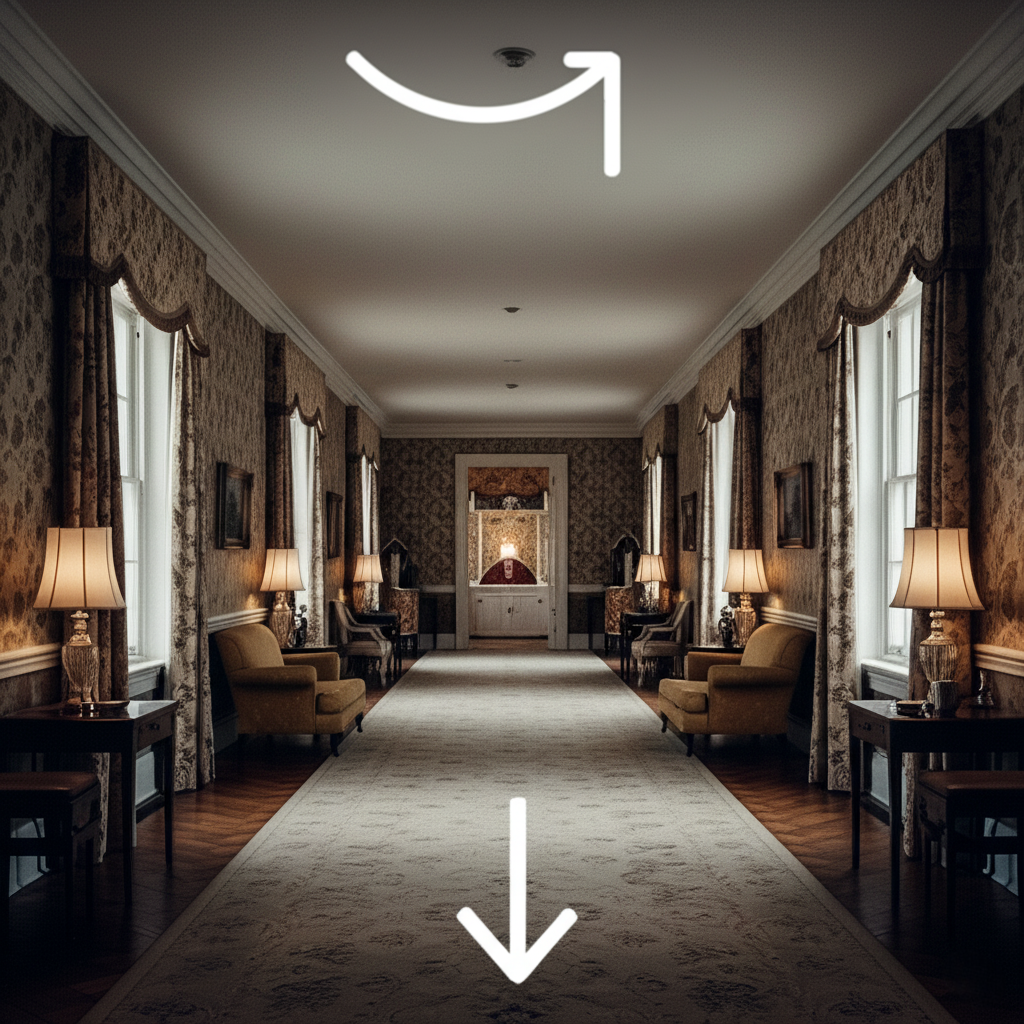
Frames that are perfectly symmetrical frequently convey a feeling of formality, order, or unease.
Example: For instance, Stanley Kubrick created an eerie serenity in The Shining by employing symmetry.
7. Light and Color:

Composition involves more than simply geometry; it also involves color balance, contrast, and shadows. Colors create atmosphere and serve as eye guides.
Example: The person may feel emotionally isolated if the foreground is chilly and the backlight is warm.
Composition’s Effect on the Mind:
Angles of High and Low:
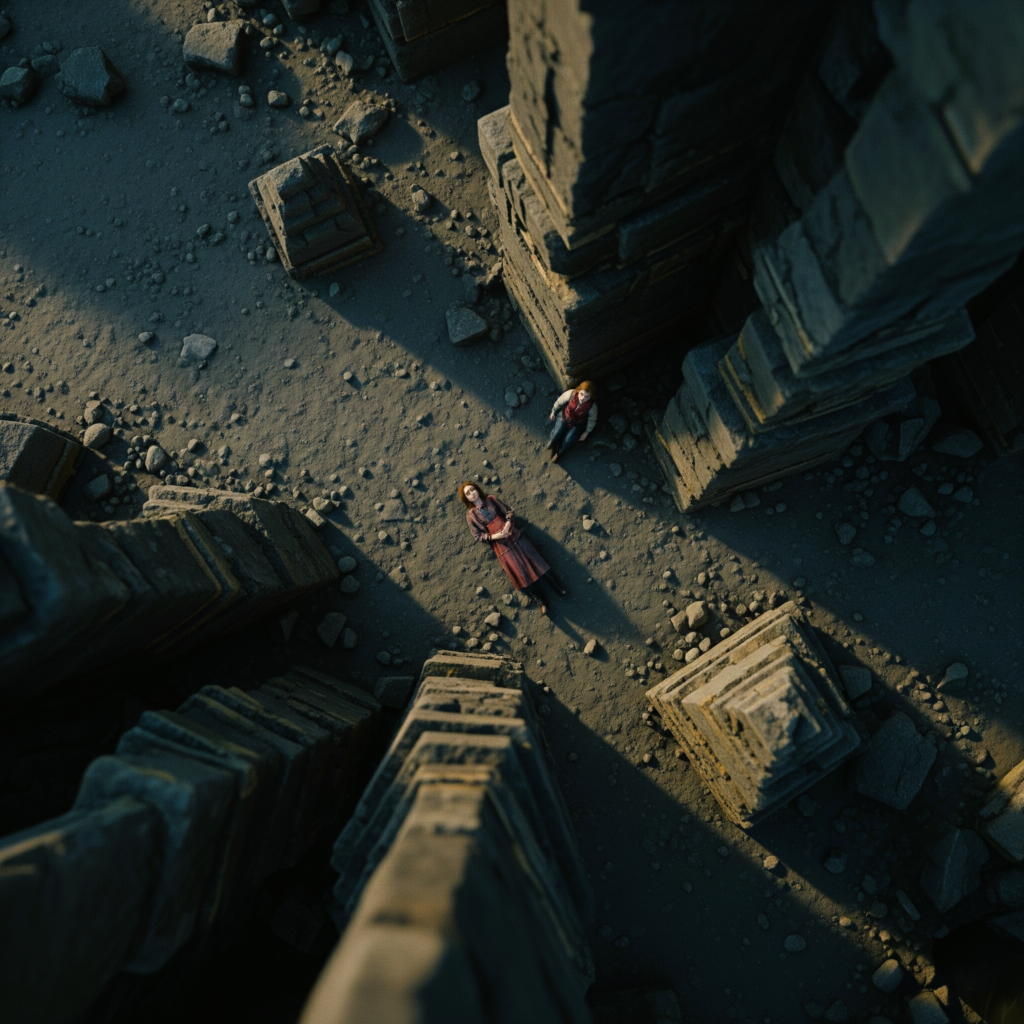
- Characters seem weak or tiny in high angle photos.
- They appear strong or in control in low angle photos.
The Center Frame:
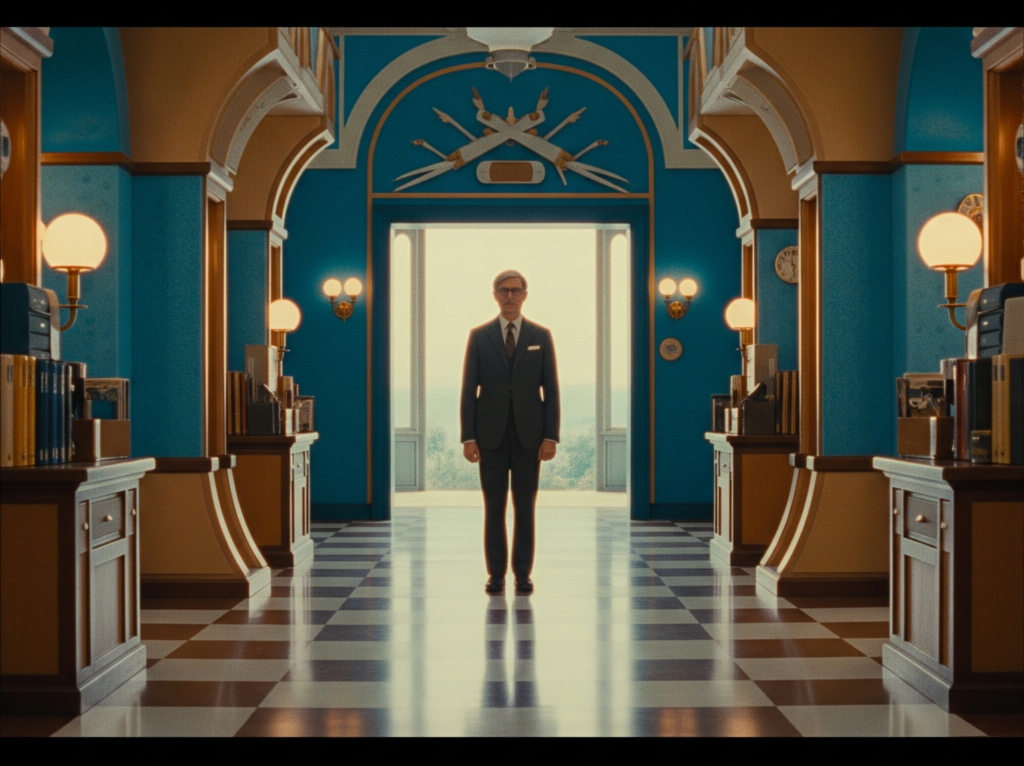
Consider Wes Anderson. It is frequently employed to express significance, control, or distance.
Framing Off-Center:
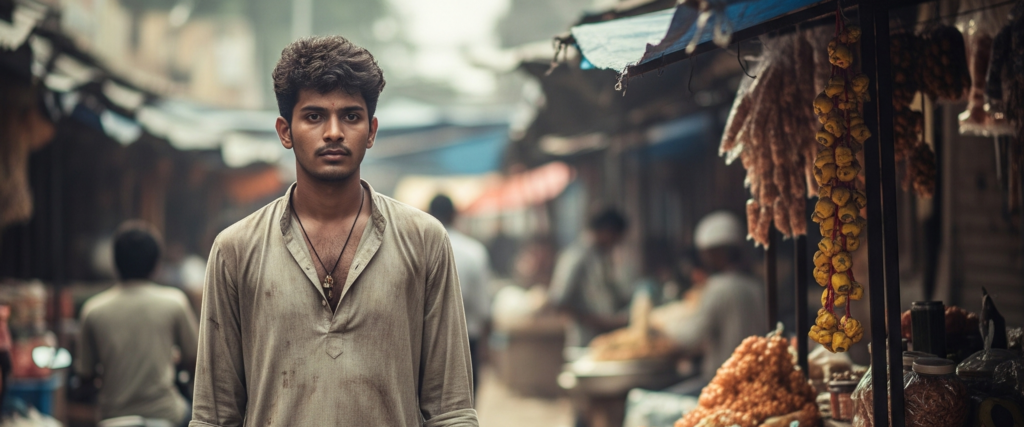
Causes unpredictability, unbalance, or stress.
Types of Composition for Cinematic Shots:
- Wide Shot (Establishing Shot):
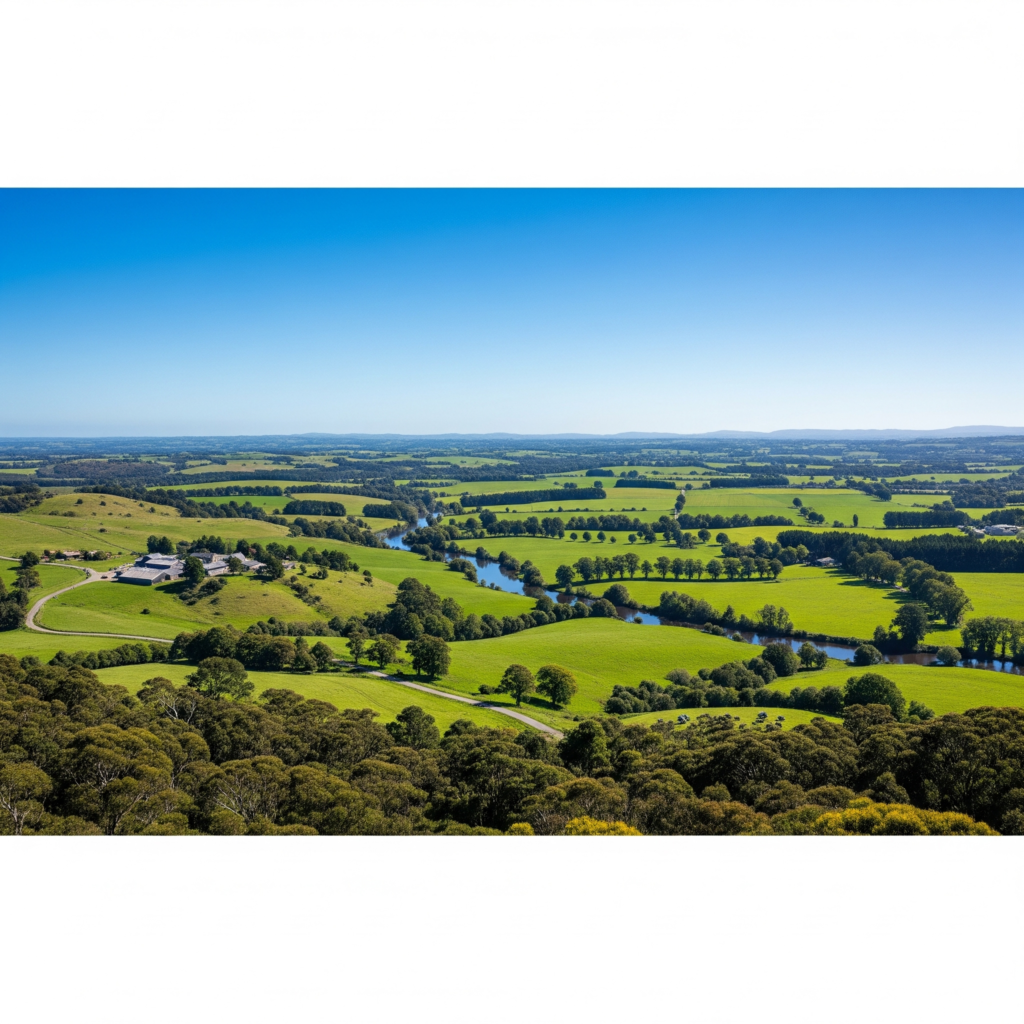
- puts character and surroundings in perspective.
- used to establish mood and place.
2. The medium shot:
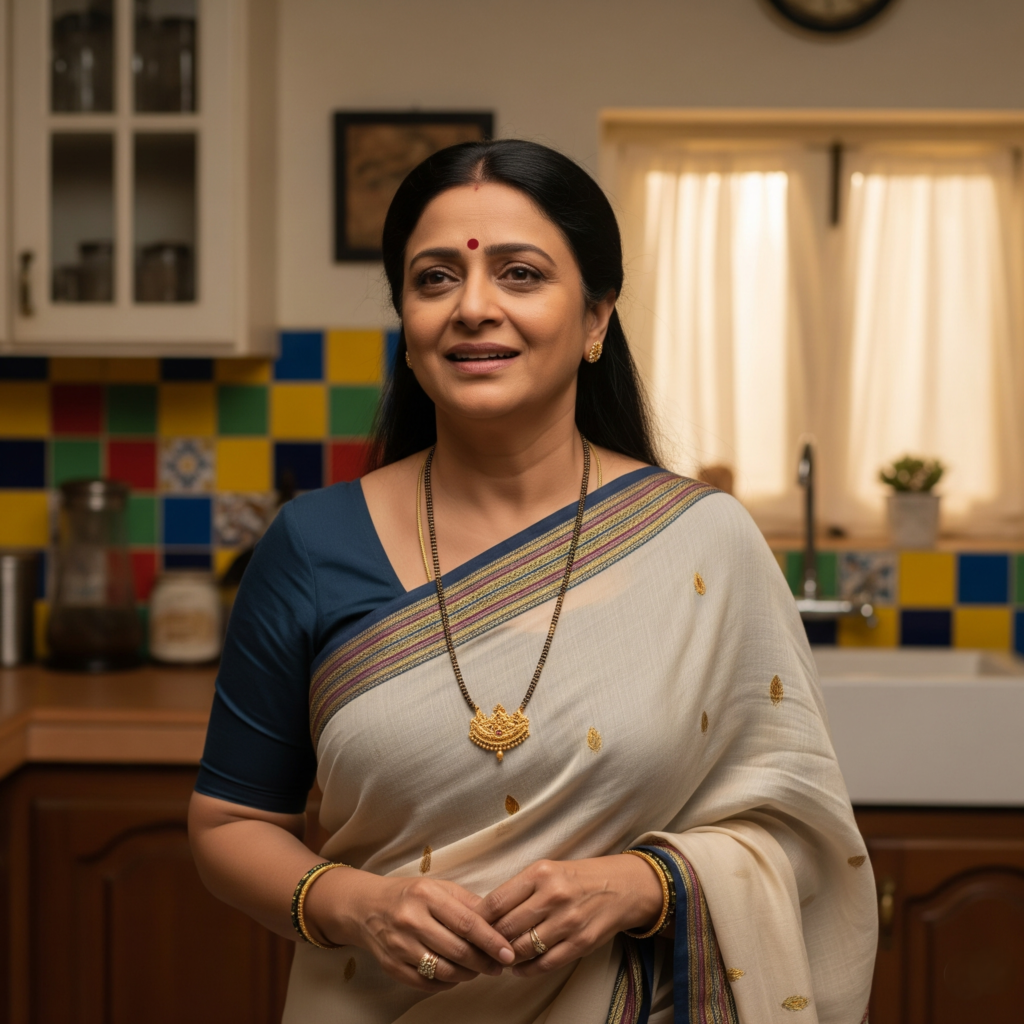
- from the waist up, usually.
- balances emotion and the environment.
3. Close-up:
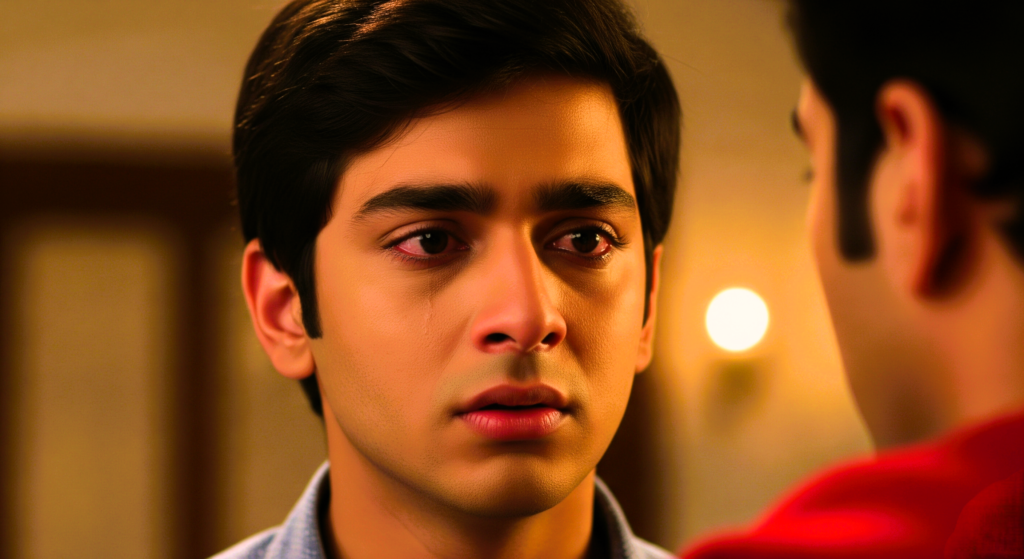
- emphasizes information, passion, or detail.
- Use sparingly for the most effect.
4. Over-the-Shoulder (OTS):
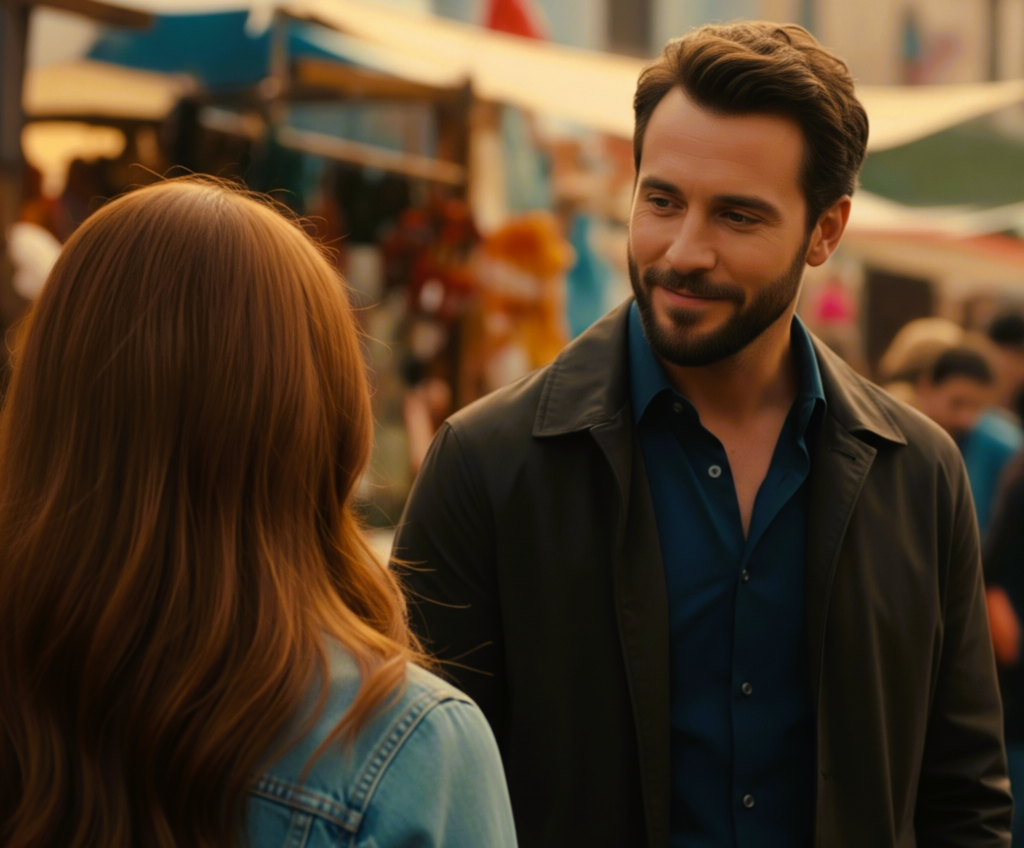
- typical in conversation.
- aids in creating spatial orientation and point of view.
5. Point of View (POV):
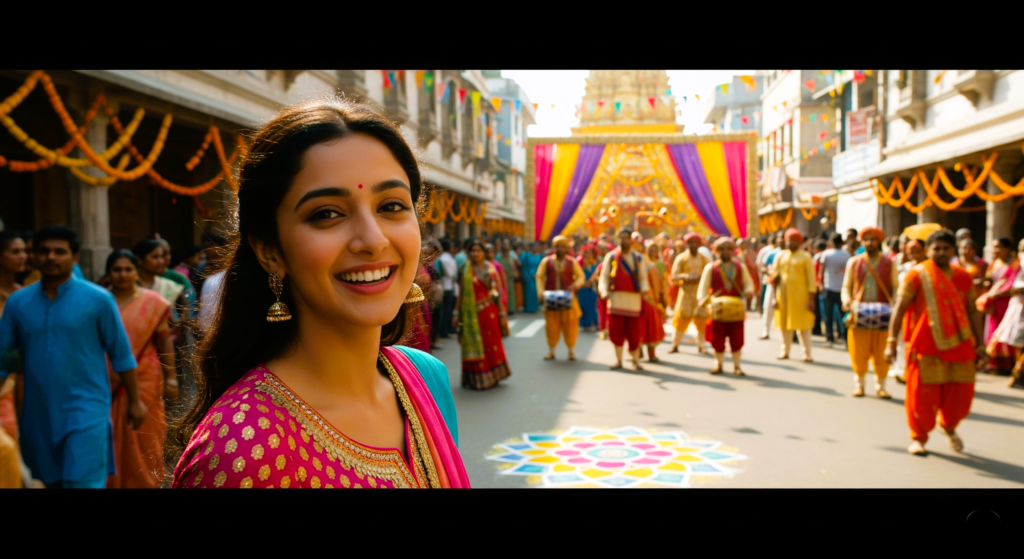
- puts the viewer in the shoes of a character.
6. Tracking Shot:
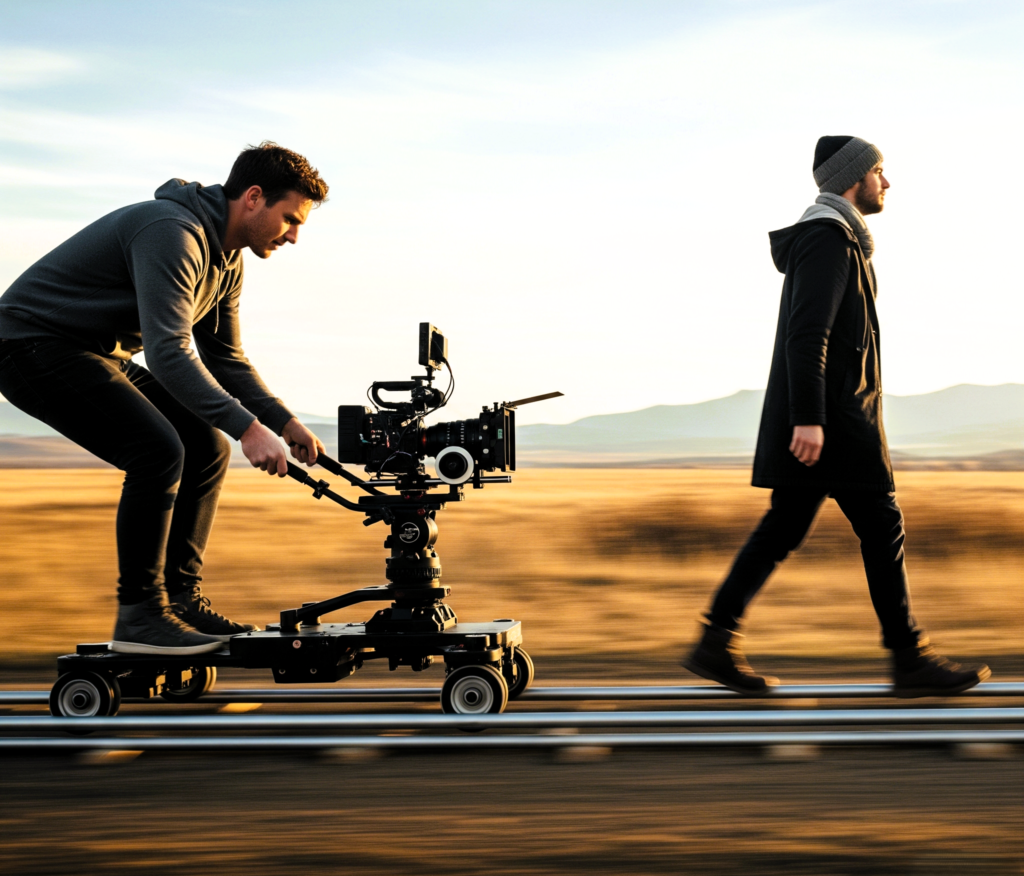
- uses a handheld, gimbal, or dolly to follow the subject.
- gives it movement and vitality.
Advice for Developing Your Shot Composition:
- Watch Movies Frame-by-Frame
Take a moment to consider your favorite movies’ visual choices. - Storyboard sketches, Before shooting, use simple drawings to plan your shots.
- Use Grids and Overlays on Cameras: The majority of contemporary cameras come with gridlines to assist you in following the rule of thirds as you compose.
- Think in layers and include foreground items, even if they are blurry, to add depth.
- Practice Still Photography: Composition is the same in all media; use photography to hone your eye.
- Understand When to Violate the Rules, Intentional violations of compositional norms can have significant effects.
Resources for Composition:
- Cinema cameras including grids, zebras, and peaking
- External Monitors to Help with Framing
- Apps for storyboarding such as Shot Designer
- Color Wheels and LUTs for Visual Planning
- Sliders and Drones for Original Framing
In summary, composition is the telling of stories:
Technical excellence is not the goal of composition. It’s about purposeful visual storytelling.
Every frame should have the sensation of a purposeful painting, whether that aim be to arouse strength, suspense, grief, or tranquility. It is your responsibility as a cinematographer to advance the plot with each frame.
Your films will become more cinematic and emotionally impactful the more deliberate your compositions are.
Extra Practice:
Choose a 5-minute moment from a movie you enjoy. Screenshot of ten distinct frames. Examine now:
- The subject is where?
- And what’s that background?
- How is the lighting?
- Does it balance or is it symmetrical?
- Which emotion is being expressed here?
Conclusion:
The core of cinematography is shot composition. It’s where emotion and vision collide, and pictures start to speak louder than words. Continue framing. Continue to feel. Continue to observe
For when you utilize the lens to convey a story, You shape the world, not just depict it.
Visual Storyteller and Director of Photography,
Vimall S Mishra